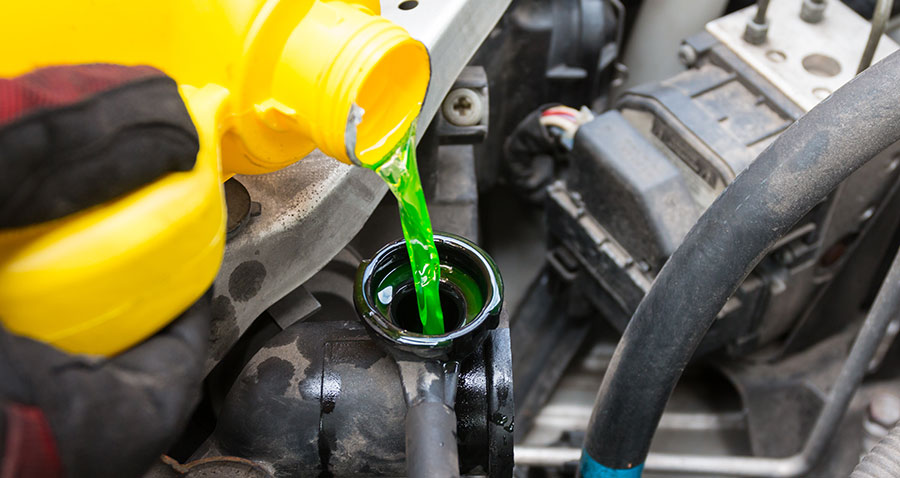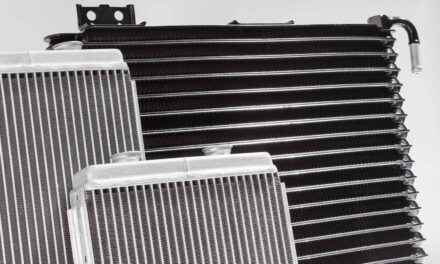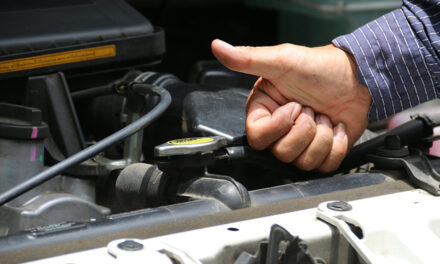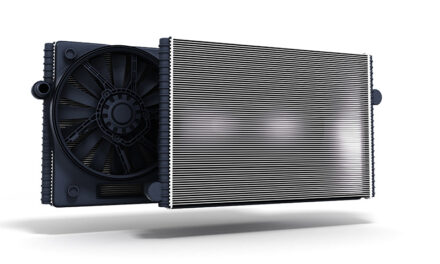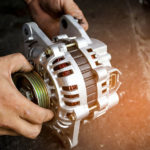Flushing out your radiator is listed in your vehicle’s Owners Manual as part of routine maintenance. Most manufacturers recommend completing this basic service every 40,000 to 60,000 miles or about every four years. However, if you grew up in an old-school do-it-yourself house, you may have heard that flushing a radiator can cause more harm than good. Before you decide if that is the case for your 21st-century vehicle, let’s check some facts.
Drain vs. Flush
It is recommended that you replace your radiator coolant once a year. This is not flushing. This is simply draining out the old engine coolant and replacing it with new. A radiator flush uses pressurized water and other approved detergents to rinse out the entire coolant system, removing all the old coolant and any flakes of debris, rust, or corrosion that can reduce the cooling abilities of the system. Typically, this is a good time to inspect all the fittings, hoses, and gaskets and replace those that are showing signs of wear. You can pick up a radiator flush kit at your local automotive parts shop.
Coolant Stops Working Over Time
Most coolants are comprised of water and ethylene or propylene glycol. The cooling properties of glycol lower over time, leaving your engine susceptible to the damage caused by extremes of heat and cold. The engine coolant also adheres to the pipes and tanks inside your radiator. A good radiator flush removes all of the inefficient coolants and restores the ability of the radiator to remove heat from the engine core.
Engines are Expensive
It has been remarked that flushing a radiator can cause a leak, requiring you to install an aftermarket replacement radiator in your car. But let’s remember the function of the cooling system is to prolong the life of the most expensive part of your car–the engine. A warped or cracked block caused by excessive exposure to high heat can result in replacing the entire engine. That is a multi-thousand dollar repair no matter if you purchase a cheap crate engine or opt for a used block from the boneyard.
Replacing a Radiator is a Small Price to Pay
So, your aging classic car needs a radiator flush. The engine is in good shape. Yes, the radiator flush might knock some corrosion or rust loose causing a leak. But an aluminum replacement radiator will only run you a few hundred dollars and get your baby back on the road again. If that ancient radiator survives the process, you just extended the life of your baby for another few thousand miles for a very small price. If it springs a leak, it is now the perfect time to upgrade its ability to beat the heat.
New Radiators Survive Longer
If you are driving a car built in this century, its radiator is constructed almost entirely out of rust-resistant aluminum. A radiator flush should not pose any threat to the radiator as when aluminum corrodes; it creates a hardened oxidized shell that resists further damage. The radiator flush ensures that small particles of dirt don’t have the chance to cause harm to your cooling system.
So, yes. Flush your radiator as suggested. Even if you end up with an aftermarket radiator under the hood, you will have extended the life of the entire vehicle.

